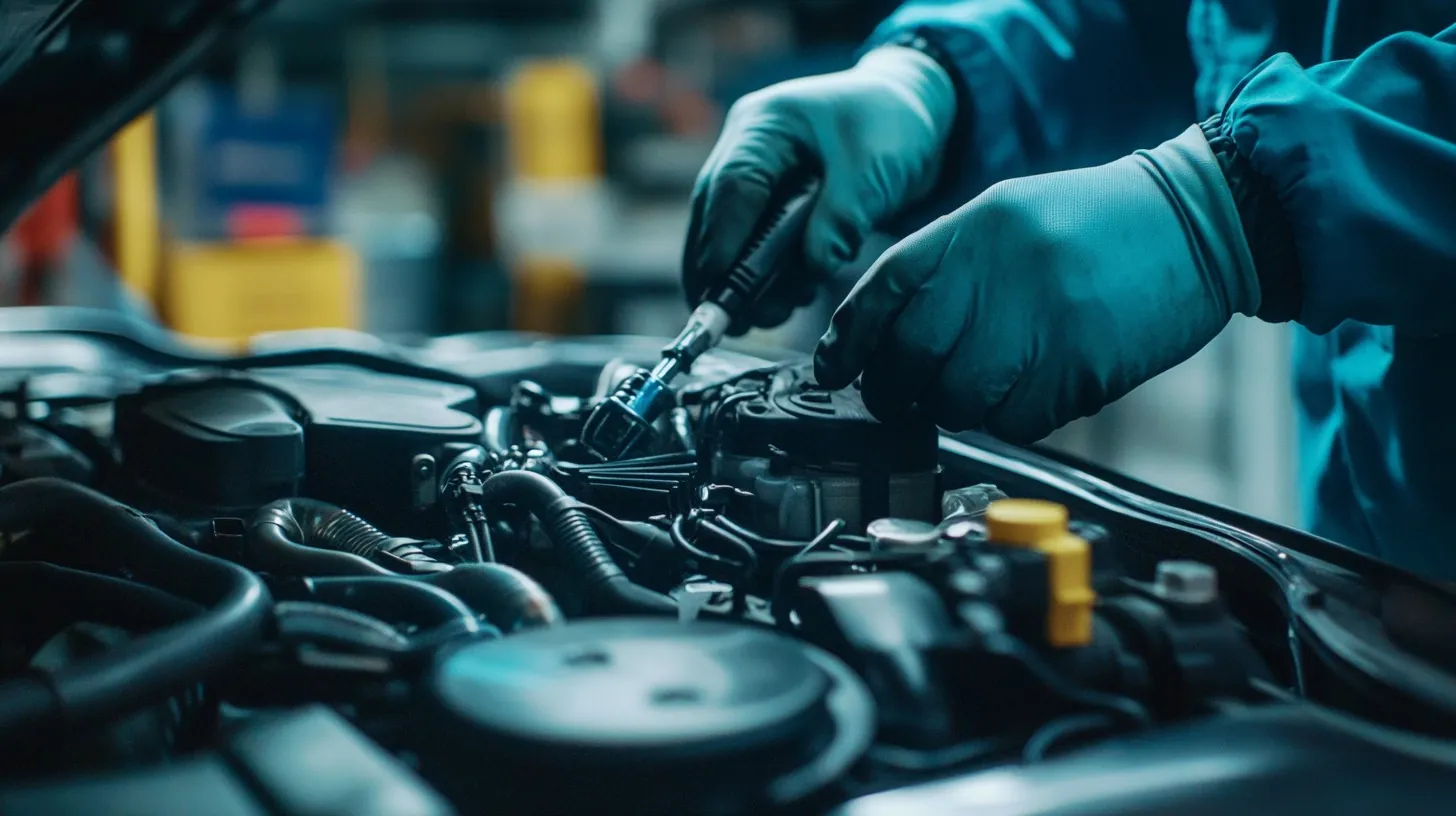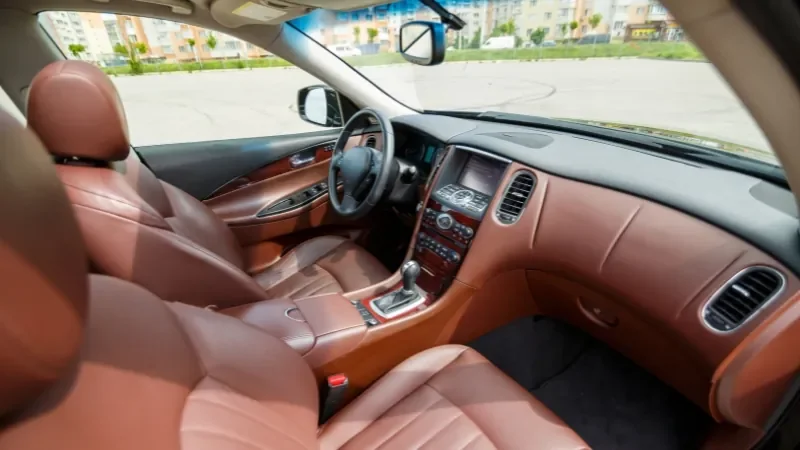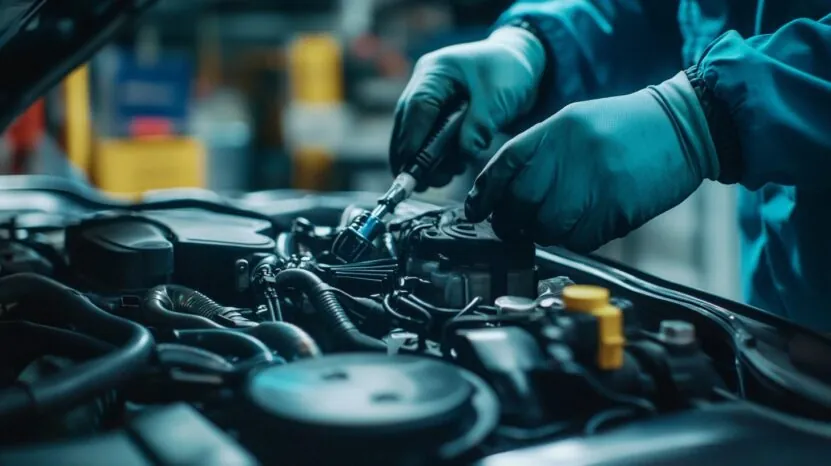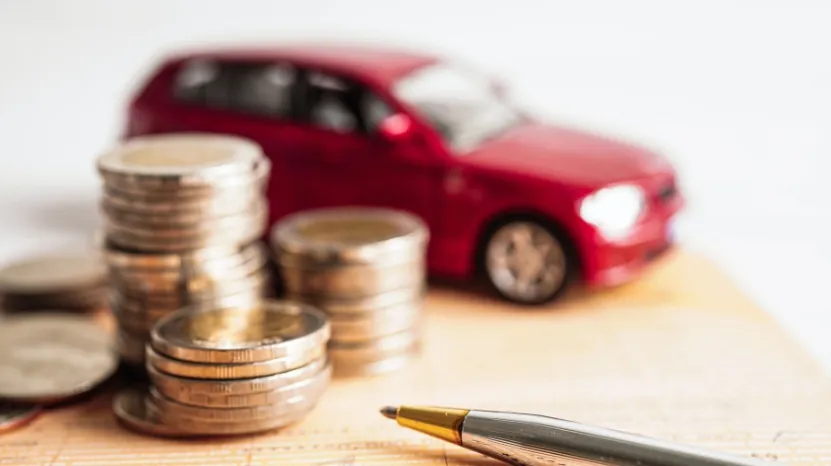
Share Post:
Rising vehicle prices in 2025 continue to place financial pressure on many consumers. Monthly payments now demand careful consideration, especially as inflation and interest rates influence affordability.
Car buyers are adopting smarter, more streamlined strategies to manage auto payments. They’re setting personal financial parameters and making full use of available technology and financial tools. Dealerships are also evolving their practices, offering solutions that better align with shifting consumer expectations.
Digital tools, new incentive structures, and more transparent financing methods are empowering buyers to stay in control of their vehicle purchases.
Table of Contents
ToggleBuyer-Centric Payment Strategies

Modern car buyers are not relying on chance or pressure-driven sales tactics.
Instead, they are entering dealerships with financial clarity, strategic planning, and tools that strengthen their position.
The two main approaches driving smarter purchases in 2025 are budgeting and pre-approval, alongside deliberate efforts to enhance creditworthiness.
Budgeting and Pre-Approval as Payment Simplifiers
Drawing a clear financial line before stepping into a dealership sets the foundation for a sustainable purchase. Automotive and financial experts frequently recommend keeping monthly vehicle-related expenses, including insurance, within 10–15% of one’s net income.
Adhering to this range supports broader financial health while still allowing for reliable transportation.
Pre-approval provides more than convenience. It signals to sellers that a buyer is serious, and it anchors the negotiation around confirmed figures.
Instead of being surprised by dealership financing terms, pre-approved buyers bring their own offers to the table, typically with lower interest rates.
Loan calculators have become non-negotiable tools in the preparation process. By plugging in different loan amounts, down payments, and interest rates, buyers can test affordability in real time and refine their expectations accordingly.
For those managing funds through digital assets, it may also help to try a local Bitcoin ATM machine to convert cryptocurrency to cash in advance, particularly when planning to use crypto holdings toward a down payment or initial purchase fees.
Key strategies for simplifying payments:
- Keep auto-related expenses within 10–15% of net income
- Secure pre-approval from trusted lenders before shopping
- Use online loan calculators to simulate realistic payment structures
- Bring pre-approved offers when negotiating to improve dealer terms
Clarity about what can be afforded helps avoid impulse purchases and emotional decision-making.
Optimizing Credit Scores to Secure Better Deals
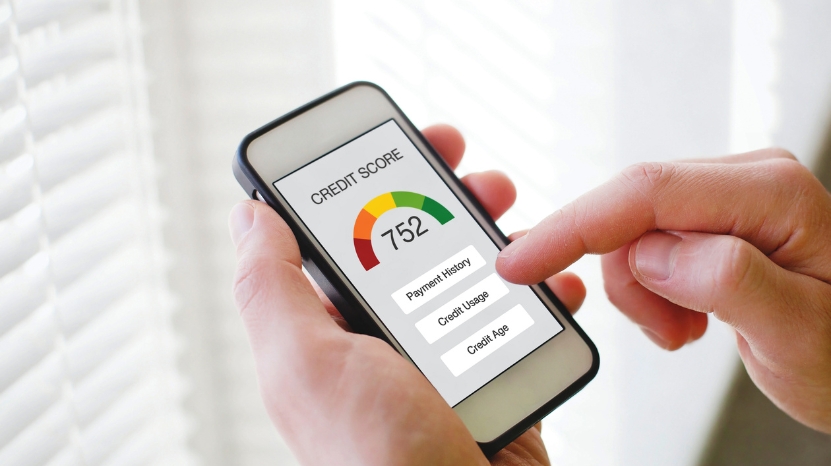
Better credit unlocks better financing: plain and simple. Lenders prioritize creditworthiness when assigning interest rates, loan terms, and down payment requirements.
Scores above 700 place buyers in a favorable position to access deals that reduce the overall cost of vehicle ownership.
Reaching or maintaining that range doesn’t require drastic action. Focused, consistent habits can move the needle over time. Reviewing credit reports for errors, making all payments on time, and paying down existing balances are key steps.
Credit unions have gained traction as lending institutions offering buyer-friendly terms. Their structure allows for greater flexibility and attention to members, which often translates to lower rates and higher approval odds.
Steps to strengthen credit and secure better auto financing:
- Dispute incorrect information on credit reports
- Keep credit utilization below 30%
- Prioritize on-time payments across all accounts
- Choose credit unions for personalized, competitive loan options
Buyers with strong credit profiles enter the auto financing process with more leverage, more choices, and less financial strain.
Proactive steps taken months before purchase day can lead to significant savings over the life of a loan.
Incentives and Financing Innovations
Car buyers in 2025 are facing higher vehicle prices and tighter supply chains, yet they are not without options.
Creative financing offers, attractive dealership incentives, and government programs, particularly those promoting electric vehicle adoption, are making ownership more manageable.
Dealership and OEM Incentives
Automakers and dealers have become more competitive in structuring offers that help buyers save on both initial and long-term costs. Buyers benefit not only at the point of sale but throughout the duration of ownership.
Several dealership-focused incentives now shape how car shoppers approach financing and decision-making.
Key dealership and OEM incentives include:
- Cash-back programs that instantly lower the vehicle’s purchase price, providing immediate savings.
- Low APR financing deals, which make long-term payments more manageable, especially for buyers with excellent credit.
- Flexible lease agreements that allow shorter commitments, ideal for those hesitant to lock in extended contracts.
To ease concerns about maintenance and unexpected costs, more dealers are packaging:
- Extended warranties that cover major repairs beyond standard manufacturer coverage.
- Pre-paid maintenance plans that cap long-term service expenses and reduce repair anxiety.
Buyers view these perks not as add-ons but essential financial tools. They help reduce uncertainty and bring clarity to total ownership costs.
Government and EV-Related Incentives
Electric vehicles have gained strong momentum, not only because of technological progress but also due to lasting federal and state support.
Government-backed incentives in 2025 include:
- Federal tax credits, often amounting to several thousand dollars, are available for a wide range of EVs.
- State-level rebates and discounts further boost affordability depending on location.
- Utility-sponsored benefits, such as discounted charging rates or installation credits for home charging equipment.
Trade-in programs are another area of strength. With new car inventory constrained, dealerships place high value on used vehicles. Many buyers are applying trade-in proceeds to reduce loan amounts or monthly payments.
Electric vehicles also deliver savings through:
- Lower fueling costs, as electricity proves significantly cheaper than gas in most regions.
- Reduced maintenance needs, given that EVs have fewer moving parts and no traditional engine servicing requirements.
- Expanded charging networks, which make day-to-day operation more practical than in years past.
As a result, EV purchases are no longer driven by novelty or environmental preference alone; they are often the financially sensible choice.
Technology-Driven Simplification Tools

Modern car buying is no longer dependent on in-person visits or generic financing pitches.
Technology is equipping consumers with tools that bring clarity, speed, and customization to their decisions.
Digital platforms, artificial intelligence, and virtual experiences are giving shoppers more control than ever before.
Online Research and Real-Time Payment Tools
Buyers are now investing time into pre-purchase research, arriving at dealerships with precise expectations.
Platforms that once offered vague overviews are now delivering actionable, customized data. The entire process begins online and, in many cases, ends there too.
Technologies transforming buyer preparation include:
- Automated monthly payment calculators that adjust in real-time based on loan term, interest rate, and down payment.
- Total cost of ownership breakdowns that factor in insurance, fuel, maintenance, depreciation, and taxes into one transparent figure.
- Vehicle comparison engines that align features, specs, and pricing across multiple models, simplifying decision-making.
Time spent researching online pays off. Buyers using these tools enter negotiations with confidence, armed with data that supports their budgets and priorities.
AI and CRM Systems for Tailored Financing
Artificial intelligence now plays an active role in shaping financing packages. It no longer takes hours of back-and-forth to reach a deal.
Systems can instantly evaluate a shopper’s financial profile and preferences to suggest viable financing options and vehicle pairings.
AI and CRM advancements now include:
- Predictive loan matching tools, which analyze income, debt, and credit to recommend affordable loans.
- Customer relationship management systems, used by dealerships to track customer behavior across digital and physical channels.
- Automated follow-ups and personalized offers, sent based on engagement history, credit health, and inventory availability.
Buyers receive proposals that make sense for their personal situations.
Time wasted on unaffordable models or irrelevant upsells is eliminated, making the entire experience more focused and efficient.
AR/VR and At-Home Sales Experiences
Virtual engagement methods have transformed the showroom into a digital interface. Shoppers no longer need to commute, schedule appointments, or settle for basic photos to evaluate a vehicle.
Key components of modern virtual car shopping include:
- Augmented reality tools that allow 360-degree walkthroughs of vehicle interiors and exteriors.
- Live video consultations that replace traditional test drives, letting customers ask real-time questions and view specific features.
- At-home test drive and delivery programs, offered by many dealers to increase convenience and reduce purchase friction.
In 2025, transparency and control are more valued than traditional salesmanship. Buyers are choosing comfort and clarity over high-pressure interactions.
Flexible Ownership Models

Rigid ownership models are becoming less relevant as consumers pursue flexibility and cost control.
Subscriptions, short leases, and strategic trade-ins provide more agile alternatives to traditional financing.
Subscriptions and Short-Term Leasing
Subscriptions allow drivers to use a vehicle without the long-term financial obligation of owning or leasing. These monthly plans offer comprehensive access with minimal commitment.
Notable features of vehicle subscription programs include:
- Month-to-month contracts, ideal for drivers seeking mobility without permanence.
- Bundled services like insurance, roadside assistance, and routine maintenance, reducing unpredictable expenses.
- Easy vehicle swaps, allowing users to change models based on seasonal or lifestyle needs.
- Short-term leasing options have also expanded. Lease terms under 24 months are now common, designed for users who value variety or expect life changes.
Buyers seeking freedom from extended financial commitments increasingly lean into these flexible programs.
Trade-In Leverage and Used Market Popularity
Inventory challenges have elevated the used market. Certified pre-owned vehicles are now seen as reliable, well-equipped alternatives to new models—often at significantly lower price points.
Tactics buyers are using to maximize trade-in and used vehicle advantages:
- High-value trade-ins, made possible by limited supply and increased demand, often contributing substantial equity toward new purchases.
- Certified pre-owned cars, which come with inspections, warranties, and vehicle histories, offering peace of mind at reduced prices.
- Lower depreciation risks, as used vehicles experience smaller value drops compared to new ones.
Buyers are increasingly turning to the used market not just to save money upfront, but to secure long-term payment stability without sacrificing quality.
Summary
@isalutewhips Car Buying Math Made Easy For every $5,000 you finance = about $100/month in your car payment 🚗 So if that ride costs $30k , expect around $600/month 💸 Know the numbers before you hit the lot! #CarTips #FinanceSmart #AutoLoans #MoneyMoves ♬ original sound – isalutewhips
Buyers in 2025 are making more informed, confident, and personalized decisions than ever.
Leveraging credit health, taking advantage of financial incentives, and using advanced technology, they are streamlining the payment process.
Control, clarity, and flexibility define the modern auto buying experience.
Related Posts:



